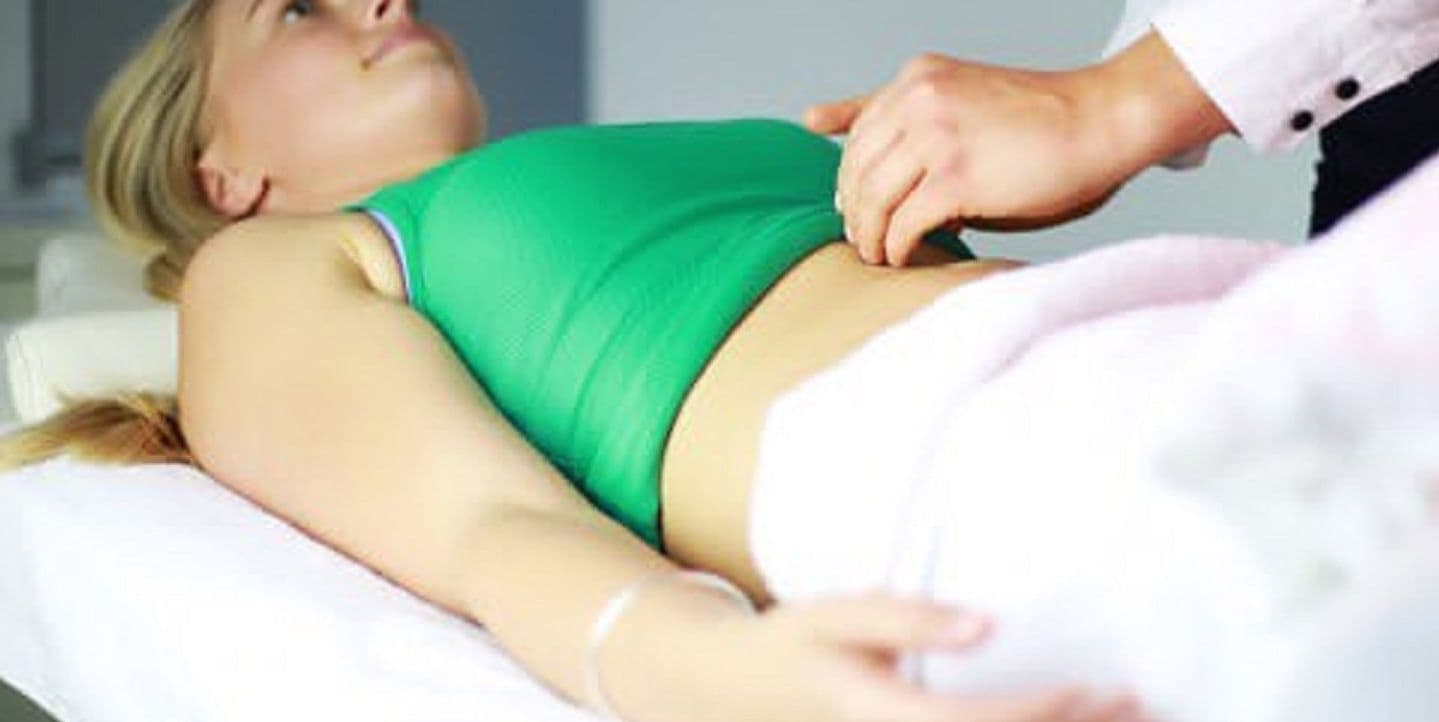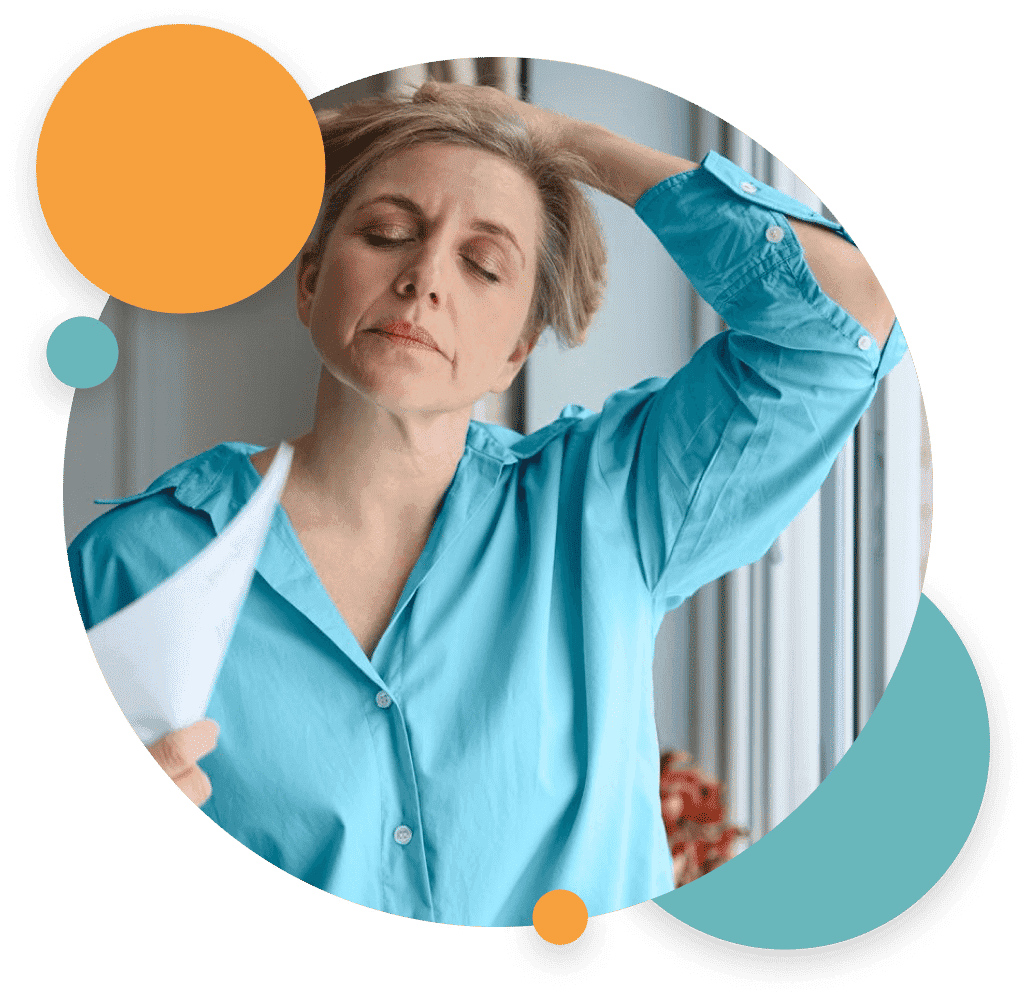Alternative Treatment for Menopause
Menopause
Obie Editorial Team

Suffering from the hot flashes and/or night sweats associated with menopause but don't want to take estrogen? Hot flashes can be one of the most annoying and frustrating symptoms of menopause but there are simple lifestyle modifications you can make to help alleviate their occurrence. Here are some non-estrogen options:
Behavioral interventions
Wear layered cotton clothing. Avoid coffee, alcohol, spicy foods, and stress! Sip cool drinks or use ice packs. Relaxation and deep, abdominal breathing (6-8 breaths per minute) have been shown to reduce hot flashes by about 40% when practiced as minimally as twice per day. Eliminate hot baths or showers before bedtime.
Vitamin E
Some women experience a reduction in hot flashes when taking Vitamin E. However, a placebo-controlled, randomized study evaluated vitamin E supplements (800 IU/day for four weeks) for 120 breast cancer survivors with hot flashes and found that vitamin E only marginally decreased hot flashes.
Soy
The results of the research on soy are inconclusive and contradictory. Some studies have found that soy has a positive effect on hot flashes, whereas others suggest that there isn't any beneficial effect. Dr. Christiane Northup, in her book The Wisdom of Menopause, cites research that indicates that women who ate 60 grams of soy protein per day in the form of a powdered drink mix had a 45% reduction in hot flashes after 12 weeks. The following servings contain about 35-50 mg of soy isoflavones: one cup soy milk, 1/2 cup tofu, 1/2 tempeh,1/2 cup green soybeans (edamame), and three handfuls of roasted soy nuts.
Natural progesterone cream
A study published in the journal Obstetrics and Gynecology in 1999 found that natural progesterone cream significantly reduced hot flashes compared to the placebo group. In The Wisdom of Menopause, Northrup says that a 2% progesterone skin cream works in about 85% of perimenopausal women. As little as 1/4 tsp once per day can ease hot flashes. Make sure that you read the labels of natural progesterone cream products carefully as there is great variability of progesterone content. Some creams contain less than 5 mg progesterone per ounce, whereas others contain more than 400 mg progesterone per ounce. This can be obtained over the counter or by prescription.
Related: 12 Ways to Relieve Hot Flashes During Menopause!
Herbs
An isoflavone or plant estrogen derived from red clover, Promensil, was found to significantly reduce the number and intensity of hot flashes in a study conducted in 1998-99. However, an article by Adriane Fugh-Berman, MD (The National Health) Network News, July/August 2002) states that trials of red clover were not effective over placebo for hot flash reduction.
Probably the most common herbal remedy for hot flashes is black cohosh. However, the results of the trials have been mixed. Three randomized, controlled trials found that black cohosh was as effective as pharmaceutical estrogen in relieving hot flashes. However, a placebo-controlled, randomized trial, involving 85 women with a breast cancer history, found that black cohosh and placebo similarly decreased the frequency and intensity of hot flashes. However, the authors did note that black cohosh was significantly more effective than placebo in reducing excessive sweating. Side effects are rare but may include gastric discomfort, nausea, and vomiting. It can, however, lower blood pressure. The general recommendation is to use black cohosh for up to six months continuously.
According to Northrup, the usual dose of Remifemin (a standardized extract of black cohosh distributed by GlaxoSmithKline) is two tablets (60 or 120 mg per tablet) twice per day. A woman can also take black cohosh in any of the following forms, three times per day: powdered root or as a tea, 1-2 g; solid, dry 4:1 powdered extract, 250-500 mg; fluid extract, 1:1 tincture, 4 mg (1 tsp, or about 5 ml). Dong quai acts like an estrogen and can ease hot flashes for some women. However, Lila Nachtigall, MD, in her book Estrogen states that it is not recommended because it contains psoralen, a known carcinogen.
Related: Meditation: A Magic Wand Against Stress
Other prescription drugs
Low doses of antidepressants such as Effexor or Paxil have been effective in reducing hot flashes. Clonidine, (Catapres), a drug normally used to treat hypertension, can sometimes help relieve hot flashes. However, it may lower normal blood pressure. A drug that has been used in other countries and is undergoing clinical trials in the U.S. is tibolone (marketed as Liviol). It has estrogen-like effects on hot flashes but does not result in hyperplasia. As a result, this drug may be a promising remedy. Megestrol acetate (Megace) is the only type of progesterone that is FDA approved for women who have had breast cancer and can help diminish the frequency and severity of flashes. An article in Neurology reported on six women taking gabapentin (Neurontin) for seizures or migraines who had decreased hot flash frequency and needs to be studied more extensively.
Acupuncture and yoga
The benefits of acupuncture and yoga for menopause symptoms haven't been carefully studied. Many women, however, say they help. One Swedish study found that women who had acupuncture experienced relief from hot flashes. The benefits lasted several months. Also, women are increasingly turning to yoga to alleviate menopause symptoms. Suza Francina in her book The New Yoga for People Over 50 describes specific yoga postures to alleviate hot flashes, night sweats, mood swings, and depression. Some yoga studios are now offering special yoga classes for the menopausal woman.
Exercise, exercise, exercise!
Research shows that exercise alone can alleviate hot flashes. In one study, aerobic exercise reduced the severity of hot flashes in 55% of postmenopausal women. For many women choosing not to take HRT, regular weight-bearing exercise and strength training can also help maintain strong bones.










